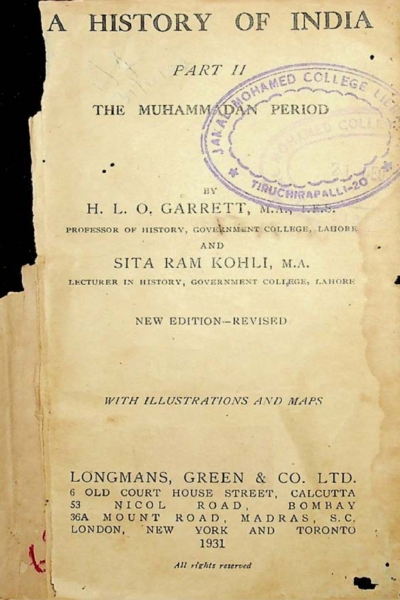Description
In each the influence of wealth in simple lives is a central issue. They both utilize the local color of rural communities, though in different places, at different times. The family life of humble people is described in the novels, and the influence of a child is important in both. Rural superstitions play an important part in each story. The approach is realistic, supported by sufficient action and suspense to maintain the interest of young readers. There is irony in both novels. In each, the central characters find themselves pitted against forces they find
difficult to understand. In the one case the outcome is happy; in the other, it is tragic.
With these bases for comparison, it is hoped that the student will be able to discover the qualities that give lasting value to a work of art. On the one hand, there is presented a recognized classic that has endured for many years, and on the other, the work of an outstanding modern author. Comparative study should reveal the basic qualities that go into the making of great books: clear vision, understanding of universal human nature, sincerity, and artistry.









Reviews
There are no reviews yet.